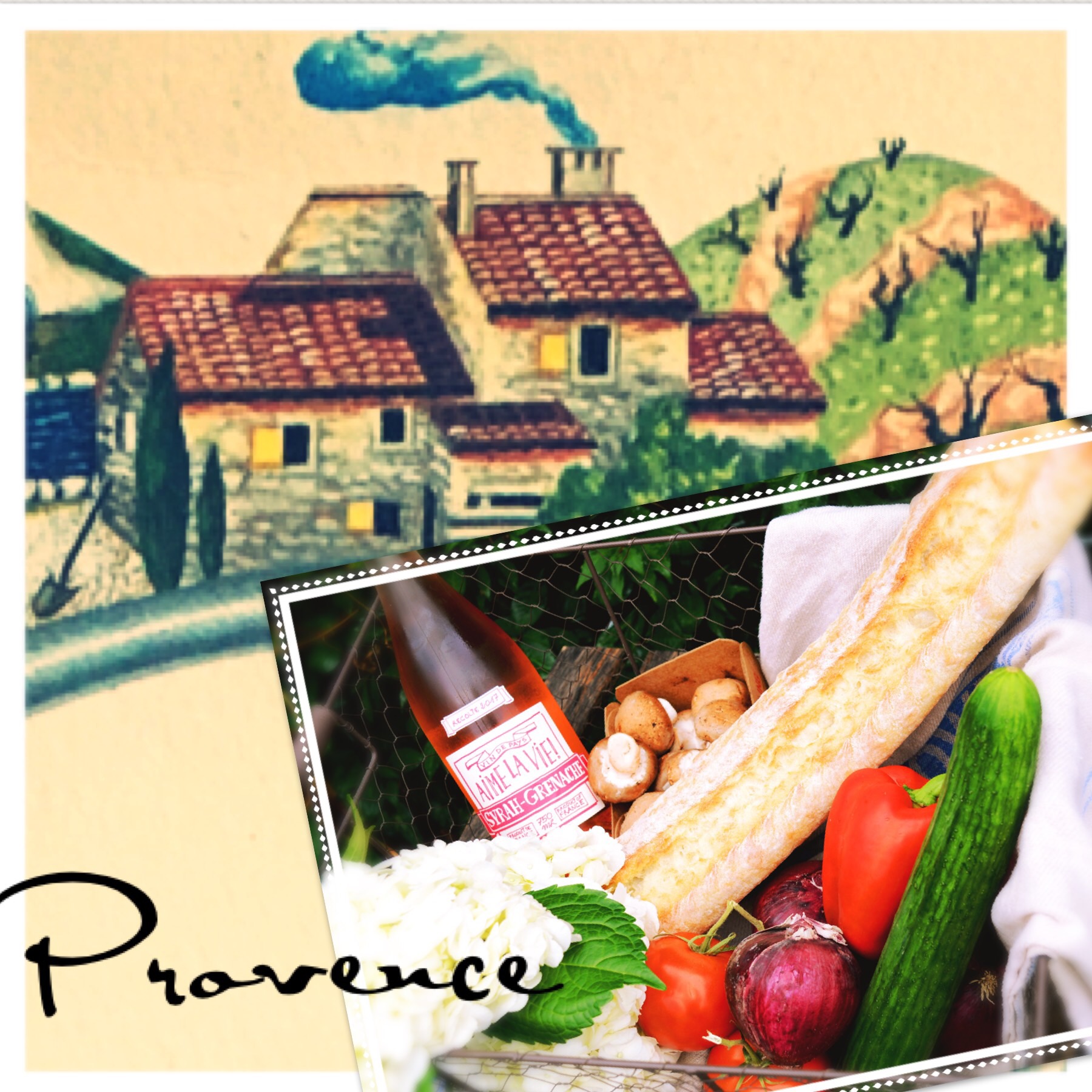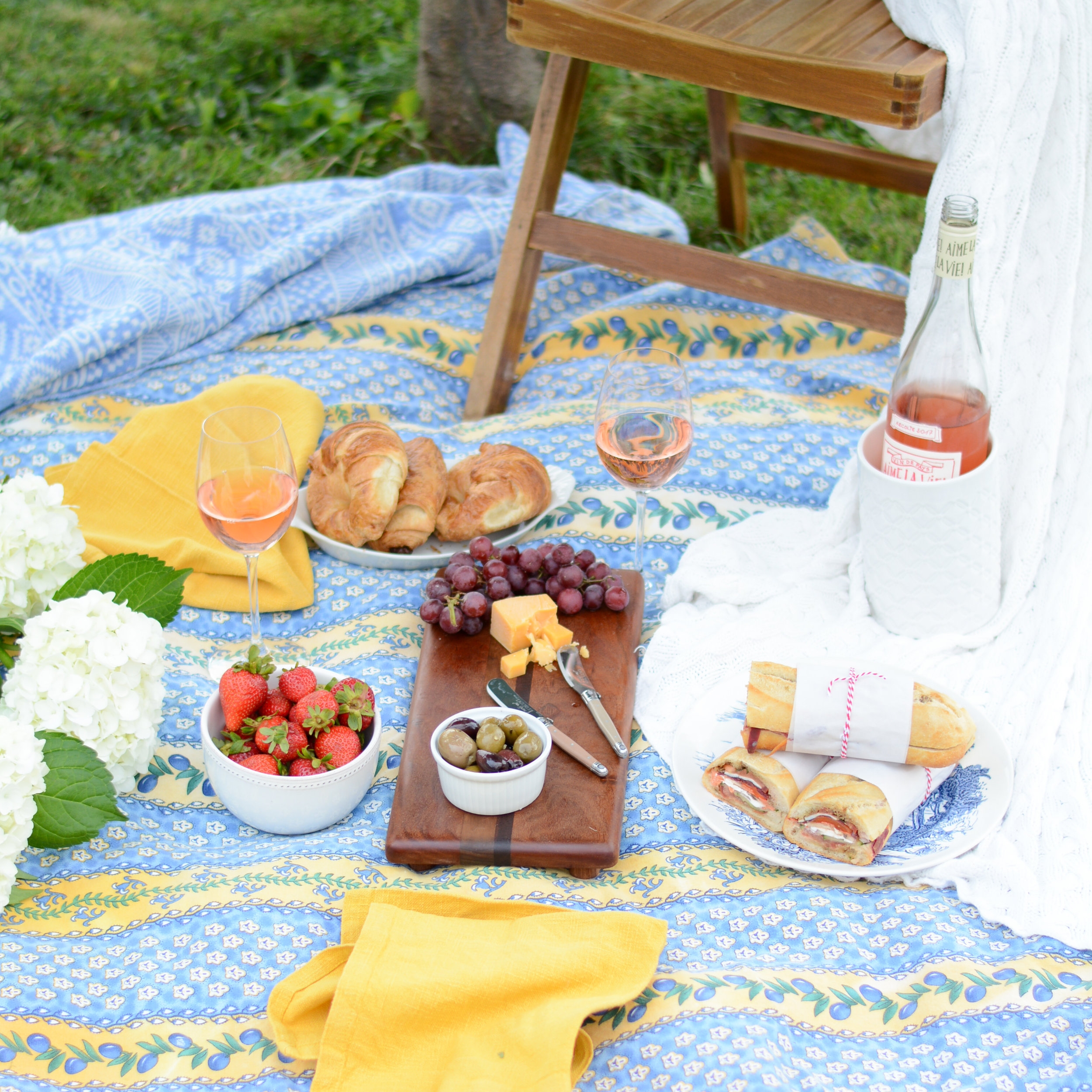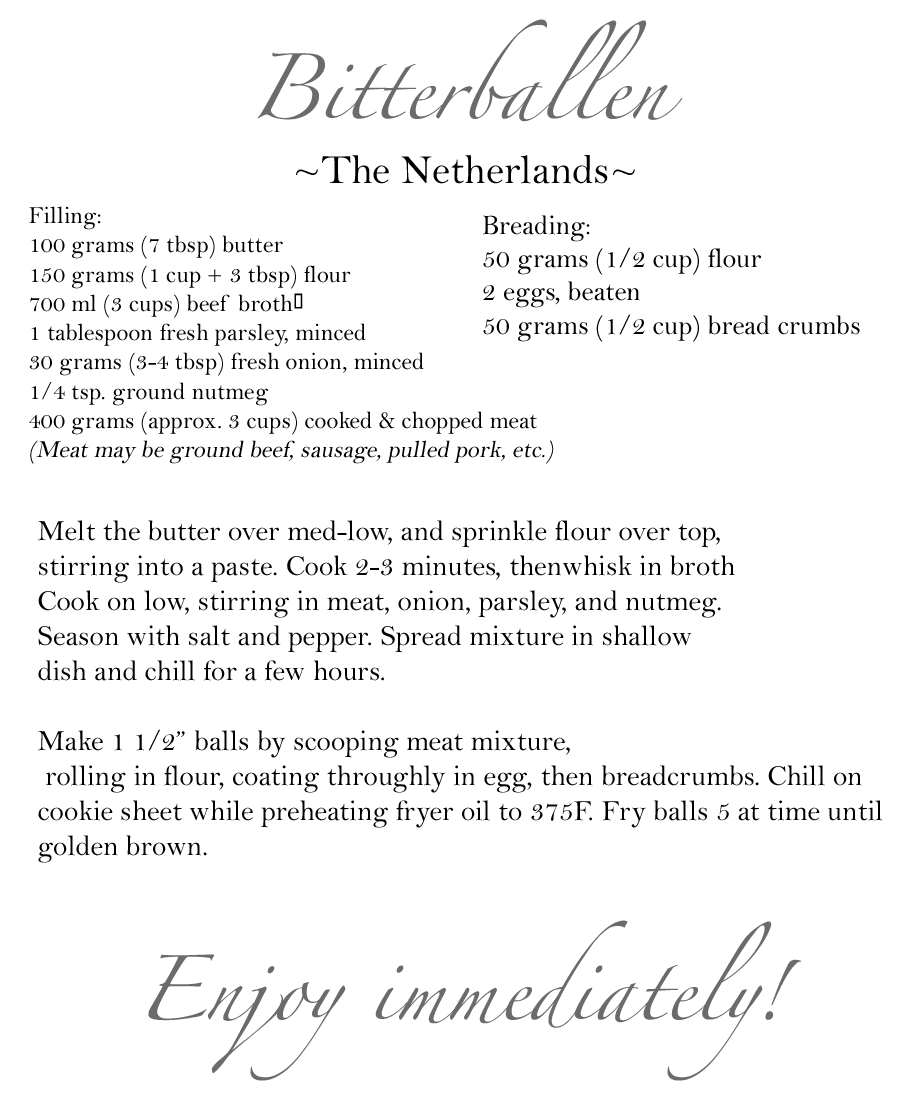The next stop on my imaginary literary journey through Europe…
I have found that St. Louis (my regular home) is sadly lacking in anything Welsh. I wanted to learn about the countries I would be visiting on my tour, so I attempted to sample foods or drink of Welsh origin prior to setting off for Europe. Despite being a large metropolitan city, I could not find one example of Welsh cheese or even one bottle of Welsh beer! It was rather disappointing, to say the least, that Wales has made so little an impression on the local shops. Well, for that reason, I must learn and sample all I can now that I am here!
Beginning with the language…
I’m afraid I couldn’t pick up much during the time I was there, but I loved hearing it!
Next up, scenery and food! I climbed and hiked a bit on Glyder Fawr, and investigated with Constable Evans - trying to find the culprit setting fire to foreigners’ property.
Madame Yvette was attempting to terraform the local fare with exotic French cuisine at Chez Yvette, which I'm sure was good (though small in quantity, I heard), but I preferred to try the hearty food of the region. I had just had a wonderful time eating French food, that I wanted to make sure I sampled all I could of the local dishes.
Once the clever (and underestimated) Constable Evans solved the case, he and I stopped in the Red Dragon to recharge. We had the most delicious and deceptively-named snacks. Glamorgan Sausages, which does not contain sausage, and Welsh Rarebit, with does not contain rabbit.
I found VisitWales.com a great resource for traditional recipes, and the following were adapted from there. I have had variations of Welsh Rarebit in the past, but wow this recipe is the BEST! The original version of the recipe suggested adding “Laverbread” - is that anything like sweetbreads? No, as it turns out, Laverbread is a seaweed harvested in the British Isles and Southern Ireland. It is washed, cooked, and minced into a paste. Another Welsh delicacy, of which I was unfamiliar!
I thoroughly enjoyed my time in Wales, but now I am off to Ireland!
































































































